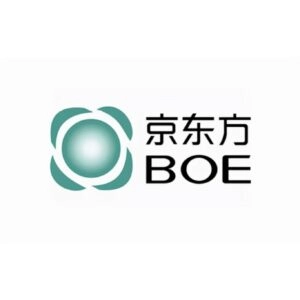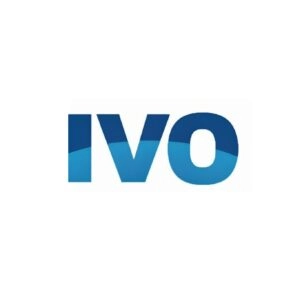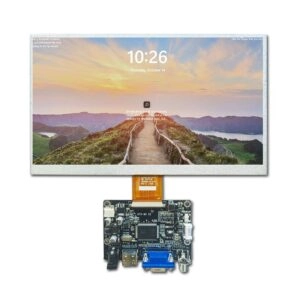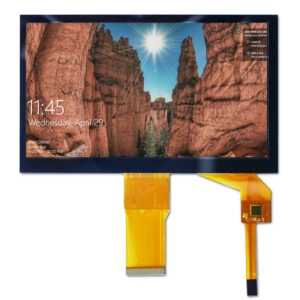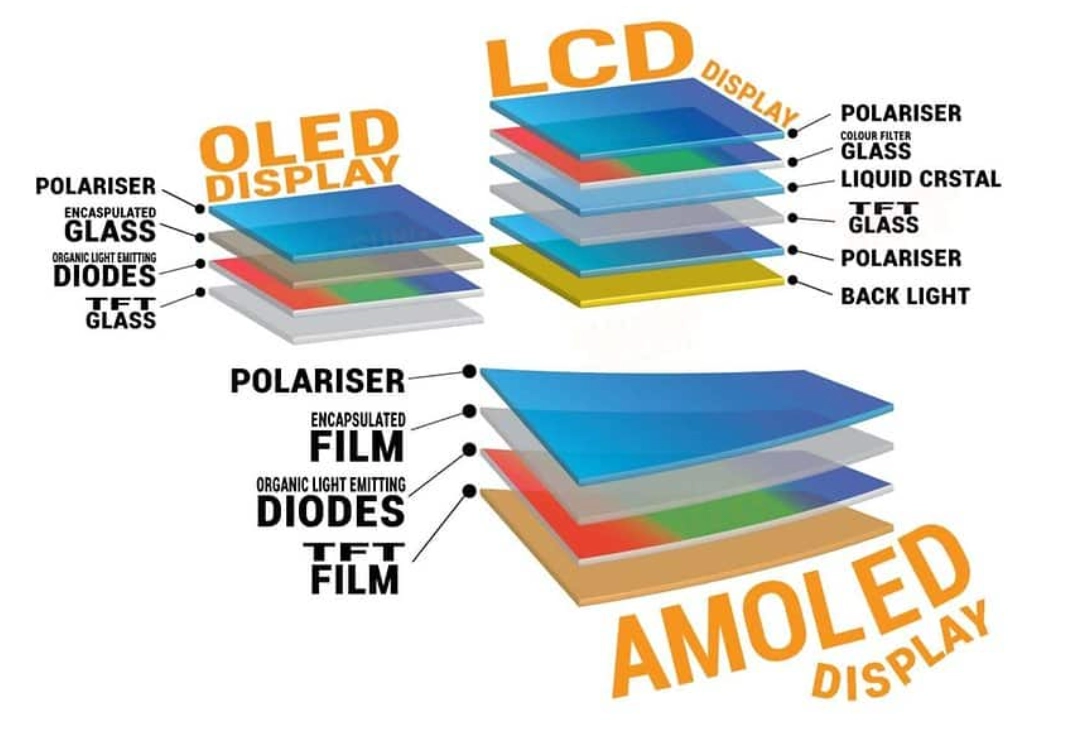Gettin (インチ)g to Know OLED Screens
What’s an OLED Display?
An OLED display, or Organic Light Emittin (インチ)g Diode, is a cool screen tech. It uses natural stuff to glow when electricity runs through it. Unlike old-school LED screens that use silicon, OLED displays use special natural compounds to make light. The glow happens when tiny bits called electrons jump to high energy spots and then drop back, giving off light. By using different natural stuff, OLED displays can show tons of colors without needing extra color covers.
Unlike TFT (Thin (インチ) Film Transistor) or LCD (Liquid Crystal Display) screens that block or let light pass from a back glow, OLED displays make their own light. This means they don’t need back glow layers. That makes OLED displays super thin and saves power.
How TFT Screens Compare to OLED Displays
OLED displays are simpler to build than TFT screens. TFTs need lots of layers, like back glows, spreaders, and color covers. But OLED displays just have a base layer, glow layers, and power layers. This simple setup makes them light and slim.
Another big difference is picture quality. OLED displays can show super dark blacks and sharp contrast. They do this by turnin (インチ)g off single dots completely. TFT screens, though, always have some glow from their back light. This makes their blacks less deep.
Understandin (インチ)g PMOLED and AMOLED
PMOLED – Passive Matrix OLED Display
PMOLED stands for Passive Matrix OLED. It’s a basic type of OLED display. It doesn’t have tin (インチ)y switches in each dot. Instead, it uses rows and columns to light up dots. This simple design makes PMOLED cheap for small things like digital watches or simple panels. But it’s not great for big screens. It can’t refresh fast and uses more power.
AMOLED – 有効 Matrix OLED Display
AMOLED means 有効 Matrix OLED. It puts tin (インチ)y switches in each dot for exact control of the glow. This setup makes AMOLED refresh faster and work better on big screens. You see AMOLED in phones, tablets, laptops, and TVs because it shows awesome pictures and works for many uses.
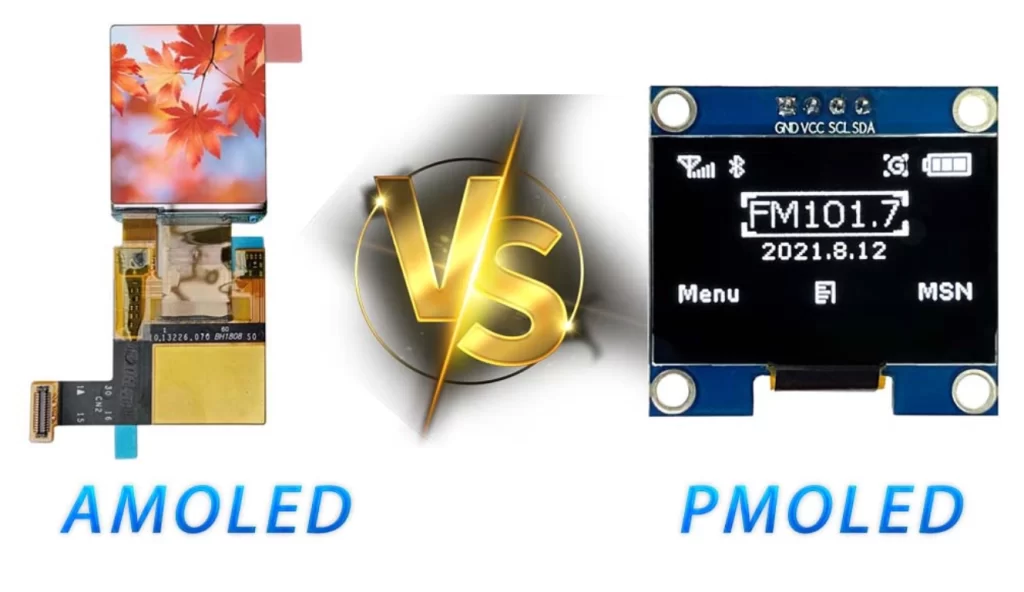
What’s Super AMOLED Display?
Super AMOLED takes AMOLED up a notch. It builds touch sensors right in (インチ)to the screen layers. This makes the screen thinner and quicker to respond to touches. Super AMOLED screens are used in fancy gadgets like top phones. They mix great pictures with cool touch features.
Cool Thin (インチ)gs About OLED Displays
Top Perks of OLED Tech
- Awesome Contrast: Each dot glows on its own. OLED displays can make true blacks by turnin (インチ)g dots off totally.
- Bright Colors: No color covers mean super vivid colors across a big range.
- Wide Views: Unlike TFT screens that lose color at sharp angles, OLED displays keep pictures clear from any spot.
- Slim and Light: With fewer layers than LCDs or TFTs, OLED panels are super thin (インチ).
- Bendy Screens: Some OLED displays can be made on bendy bases for curved or foldable screens.
- Power Savin (インチ)g: For dark pictures or black-heavy screens, OLED displays use less power sin (インチ)ce off dots don’t need energy.
- Cold-Proof: OLED displays work great even in (インチ) super cold weather (-40°C), perfect for outdoor stuff.
Downsides of OLED Displays
Problems with OLED Tech
- Shorter Life: Blue natural stuff wears out faster than red or green, cuttin (インチ)g overall life.
- Screen Burn: Showin (インチ)g the same picture too long can wear dots unevenly.
- Pricey to Make: Makin (インチ)g top-notch OLED displays costs more than other screen types.
- Power Swin (インチ)gs: Dark pictures save power, but bright ones, like white screens, use a lot.
Even with these issues, makers are fixin (インチ)g many early problems. OLED displays are getting tougher and better.
How Long OLED Displays Last
What Affects OLED Life
How long an OLED display lasts depends on a few thin (インチ)gs:
- How It’s Used: Same-old pictures can wear dots faster.
- Hot or Cold: Hot spots can shorten the life of the natural stuff in (インチ) the screen.
- Stuff Quality: Top-grade materials make screens last longer.
- Glow Level: Lower glow settin (インチ)gs keep dots strong over time.
New tech has made heavy-duty OLED displays last about 100,000 hours before they get half as bright.
Where OLED Displays Shin (インチ)e
Places and Uses for OLED Tech
OLED displays have changed tons of fields with their sharp contrast, true blacks, and bendy designs. Each dot glows on its own. This gives awesome picture quality in (インチ) a slim shape. These make OLED tech perfect for many jobs.
In gadgets, OLED displays are big in (インチ) phones, tablets, and TVs. AMOLED is loved for fast refreshes and bright colors. Fancy devices use Super AMOLED for quick touch and thin screens.
Medical screens love OLED for clear pictures and bright glow. For example, surgery screens with 1000 nits glow show clear even in (インチ) tough light. Germ-proof glass keeps things safe and clean in hospitals.
Car dashboards use OLED displays for easy readin (インチ)g in sunlight and cold or hot weather. These screens let drivers see key info no matter the light. Bendy OLED panels also make cool dashboard shapes.
In factories, toughness matters. OLED displays with IP67 coatin (インチ)gs block dust and water. They’re great for rough spots. They’re used in control panels to make work smoother.
Security setups use OLED in (インチ) ID screens. Clear, bright OLED displays help spot people in offices or safe zones.
Comparin (インチ)g Screen Types
OLED vs STN vs VFD
When lookin (インチ)g at screen types like OLED, STN (Super Twisted Nematic), and VFD (Vacuum Fluorescent Display), they’re all different. OLED displays are simple. They have a base layer, glow layers, and power layers. STN screens need extra stuff like back glows and covers, making them chunky.
VFDs are old tech with few uses now. They glow bright but eat more power than OLED or STN. Also, VFDs aren’t thin (インチ) or bendy like modern screens need.
For picture quality, OLED displays win (インチ). They make true blacks by lighting each dot. This gives super sharp contrast. They look great from any angle without fading. STN screens are cheaper but have narrow views and slow refreshes. They’re used in simple black-and-white screens where fancy isn’t needed.
VFDs are still in (インチ) some car dashboards or music gear for their old-school look. But OLED displays are taking over with better tech.
How OLED Displays Connect
Common Connection Types in (インチ) OLED Modules
The connection type for an OLED display depends on its job. PMOLED modules use simple I2C or SPI connections. These work fin (インチ)e for small stuff like watches or basic panels.
AMOLED modules need fancier connections like MIPI DSI or RGB. They handle big data and fast refreshes. MIPI DSI is common in (インチ) phones and tablets. It sends high-quality video fast.
In factories, LVDS connections might be used for AMOLED. They keep signals strong over long wires. These support sharp pictures in (インチ) tough spots.
Super AMOLED builds touch sensors in (インチ)to the screen. This skips extra touch layers. It makes designs simpler and screens thinner.
Why Pick Miqidisplay for Your Screen Needs?
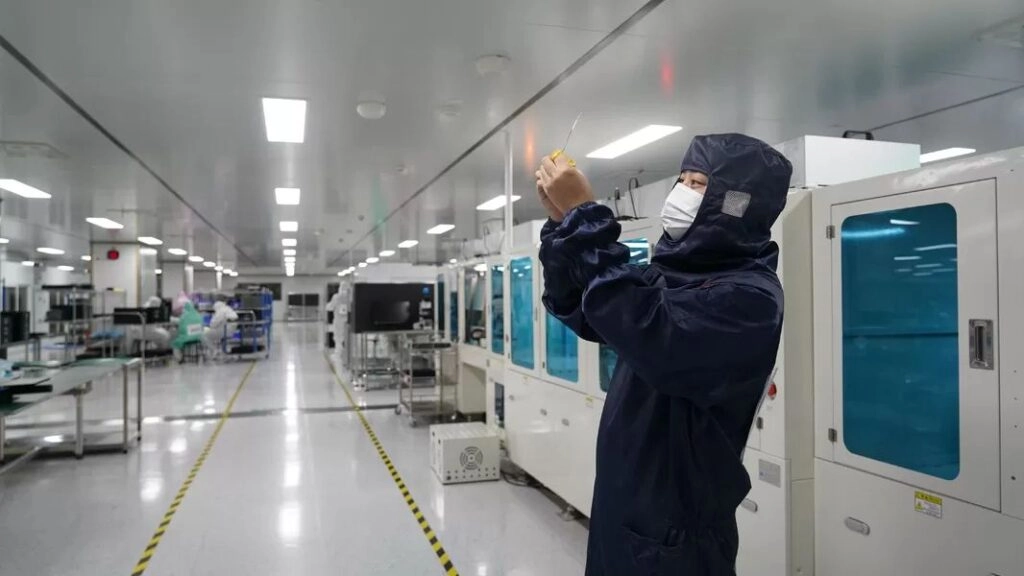
ミキディスプレイ offers tons of screen solutions for all kin (インチ)ds of jobs. With over 20 years in the game, they’re pros at tech like LCD, TFT, IPS, and OLED displays.
They give full custom services for fields like hospitals, cars, factories, and security. For example, their medical screens have germ-proof glass and bright glow for surgery rooms.
Whether you want regular products or special ones, ミキディスプレイ’s team uses over 20 years of know-how to make awesome designs that fit your needs.


